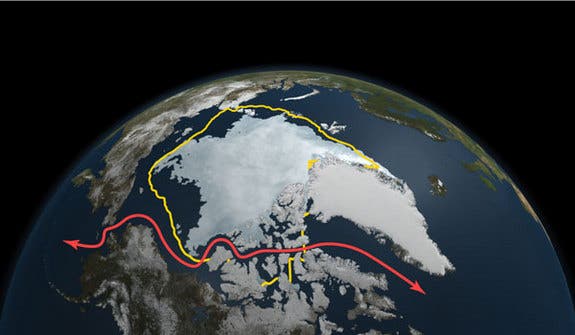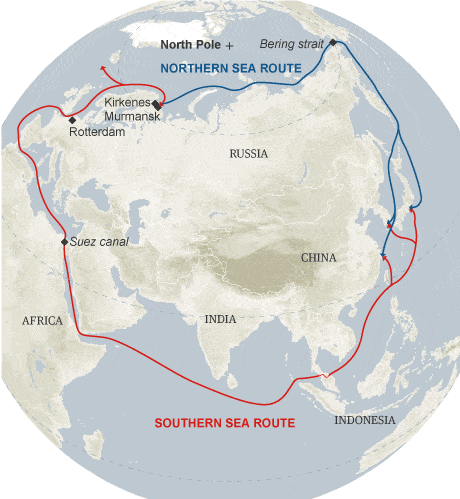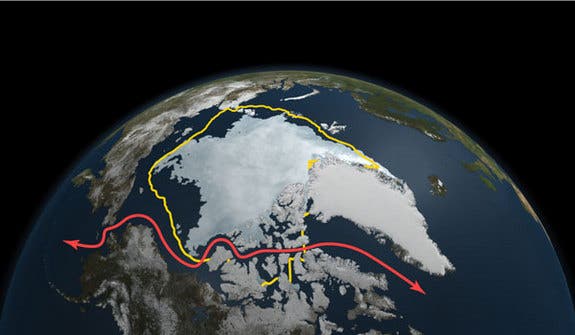
Record low ice volumes in the arctic caused by global warming have been reported this year, and if there are still some climate skeptics among you, recent events concerning trading in the region might provide proof enough of dramatic change. Supertankers and giant cargo ships could next year travel regularly between the Atlantic and Pacific Oceans via the Arctic, after provisional new opened trading routes, which trace spots not too long ago inaccessible, that shorten the travel time to as much as half.
While that’s potentially bad news for our environment, it’s great news for shippers in the Northern Hemisphere. This year’s record low opened up shipping passages through the Northwest Passage and Northern Sea for brief periods last month. Thus, on the northern trade route a medium-sized bulk carrier could need only 18 days and 580 tonnes of bunker fuel on a journey between northern Norway and China. The voyage would normally take upwards of 40 days.
Climate change turns to profit
Shorter voyages and lower fuel consumptions means a sturdy increase in profits for the northern hemisphere trading companies. Danish shipping company Nordic Bulk Carriers took full advantage of the new routes, and claimed to save one third of its usual shipping costs by taking shorter shipping routes to China through the Arctic.

Actually, the Russian prime minister, Vladimir Putin, came out last week and predicted that the route would soon rival the Suez canal as a quicker trade link from Europe to Asia. “The Northern sea route will rival traditional trade lanes in service fees, security and quality,” he told a conference organized by the Russian Geographical Society in Arkhangelsk in September.
Climate activists view this latest route as clear evidence of climate change, and while they accept that ships would burn less fuel and emit less CO2, they fear oil spills and other maritime accidents, as well as “black carbon”, the sooty residue of partly burned fuel which is deposited on ice and is a short-lived but powerful “forcer” of climate change.
Sea ice extent is expected to decline until Arctic summers are ice-free, researchers have predicted.









